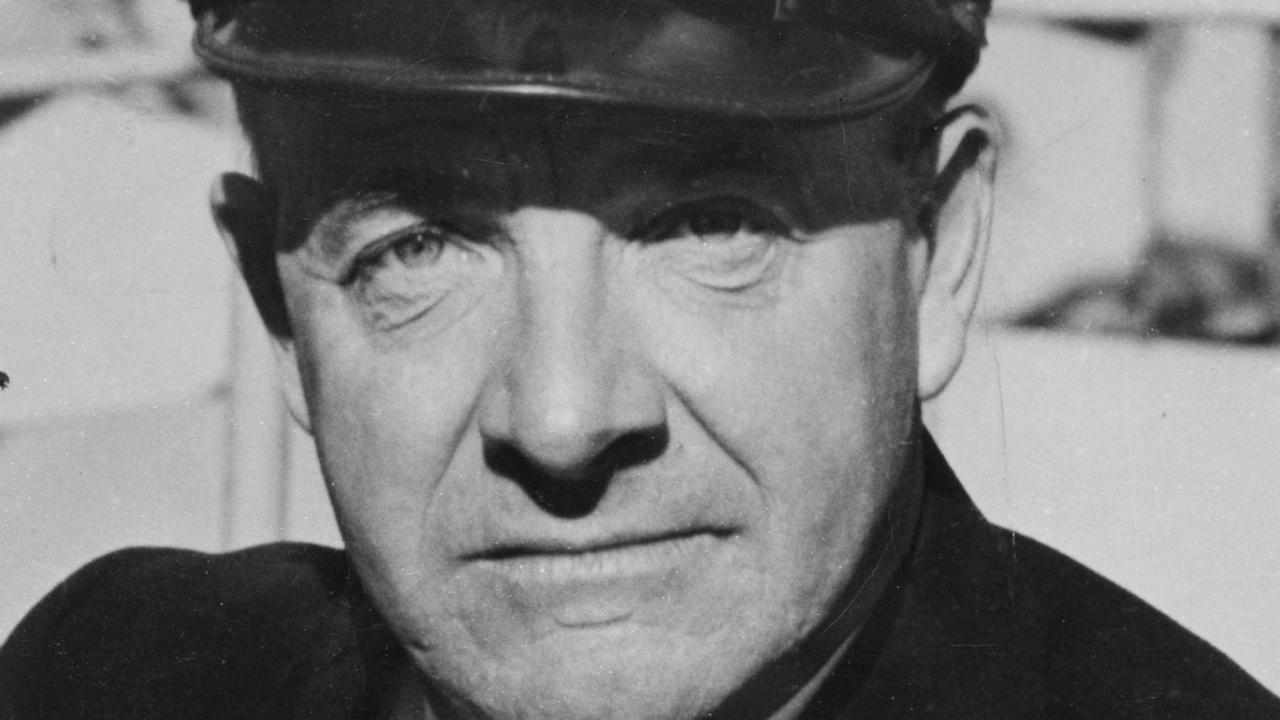Gap-toothed joker Pete Conrad was an unlikely lunar hero
As a dyslexic teenager, Pete Conrad must have felt like he stood as much chance of academic success as walking on the moon

Today in History
Don't miss out on the headlines from Today in History. Followed categories will be added to My News.
As a dyslexic teenager expelled from the exclusive Haverford School in Pennsylvania for failing his 11th grade exams, Peter Conrad might have felt like he had as much chance of academic success as he had of landing on the moon.
Ultimately he achieved both.
Determined he would finish school Conrad’s mother found the Darrow School in New York. An intelligent teenager, Conrad thrived at the new school and went on to university, became a naval test pilot and the third man to walk on the moon.
Conrad, born 86 years ago today, with his gap-toothed grin, occasional disregard for authority and a fondness for pranks, may have seemed unlikely astronaut material, but was bright, energetic, a creative thinker and loved the thrill of flying.
“It’s all about the ride,” he would say after a flight. It was this spirit that would carry him to the moon.
Born Charles Conrad Jr in Philadelphia on June 2, 1930, his mother had wanted to call him Peter but his father, Charles Sr, insisted the boy be named Charles. The compromise was that his birth certificate read “Charles Conrad” while everyone knew him as Peter or Pete.
The Depression hit the fortunes of investment broker Charles Sr, but Pete was still sent to an exclusive school, Haverford, but faltered out in the 11th grade before finding more success at Darrow.


In his spare time Conrad enjoyed hanging around at airfields, sweeping out hangars and mowing lawns, doing odd jobs while getting to know about aircraft. When he was 16 he helped a stranded pilot by repairing his plane and was given flying lessons.
Graduating with honours from Darrow in 1949, he studied aeronautical engineering at Princeton, on a navy officer training scholarship. He graduated with a bachelor of science degree in 1953 and was commissioned an ensign in the US Navy. After flight training he became an aviator, then fighter pilot and trainer before applying for the elite US Naval Test Pilot School in Maryland.
Test pilots were a special breed. They had to be tough enough to handle the rigours of speed and altitude and able to think quickly under pressure. Although small in stature, Conrad had been a footballer in high school and university and was good in high-pressure situations. He graduated in 1958 as a test pilot.
At the time NASA was looking for the cream of the test pilots to take part in the initial selection for astronauts. Conrad met all the criteria but was not keen on the selection process, often showing his distaste. On one occasion, asked to provide a stool sample, he put it in a gift box tied with a ribbon. Shown a blank card during a Rorschach inkblot test he turned it around, explaining “it’s upside down”.

Ultimately fed up with the prodding, poking and probing by doctors, Conrad dumped a full enema bag on the desk of the commander of the clinic conducting the tests and resigned from the program. His application to NASA was rejected.
But in 1962 NASA was looking for a second group of astronauts. Having already learned about humans in space flight, the tests for applicants were not as stringent and Conrad became part of the “Next Nine”. He had his first foray in space in 1965, circling Earth as the pilot aboard Gemini 5, which set a record of nearly eight days in space. He later jokingly called his trip “eight days in a garbage can”. As commander of the Gemini 11 mission in 1966, he helped test docking procedures in space, which would be crucial for the first lunar landing.
Conrad was part of the back-up crew for Apollo missions, but the luck of the draw didn’t favour him when it came to selection for the crew of Apollo 11, the first moon landing in July 1969. It was some consolation that he was given command of the second mission to the moon, Apollo 12, making a pinpoint landing.
To win a bet with a journalist, who maintained NASA had scripted Neil Armstrong’s landing speech, Conrad who stood 1.69m tall, improvised his first words on the moon: “Whoopee! Man, that may have been a small one for Neil, but that’s a long one for me.”
After the Apollo program ended, Conrad was among the first crew to go aboard Skylab in 1973. He then retired from the space program.
He died in 1999 as a result of injuries sustained in a motorcycle accident.
Originally published as Gap-toothed joker Pete Conrad was an unlikely lunar hero



